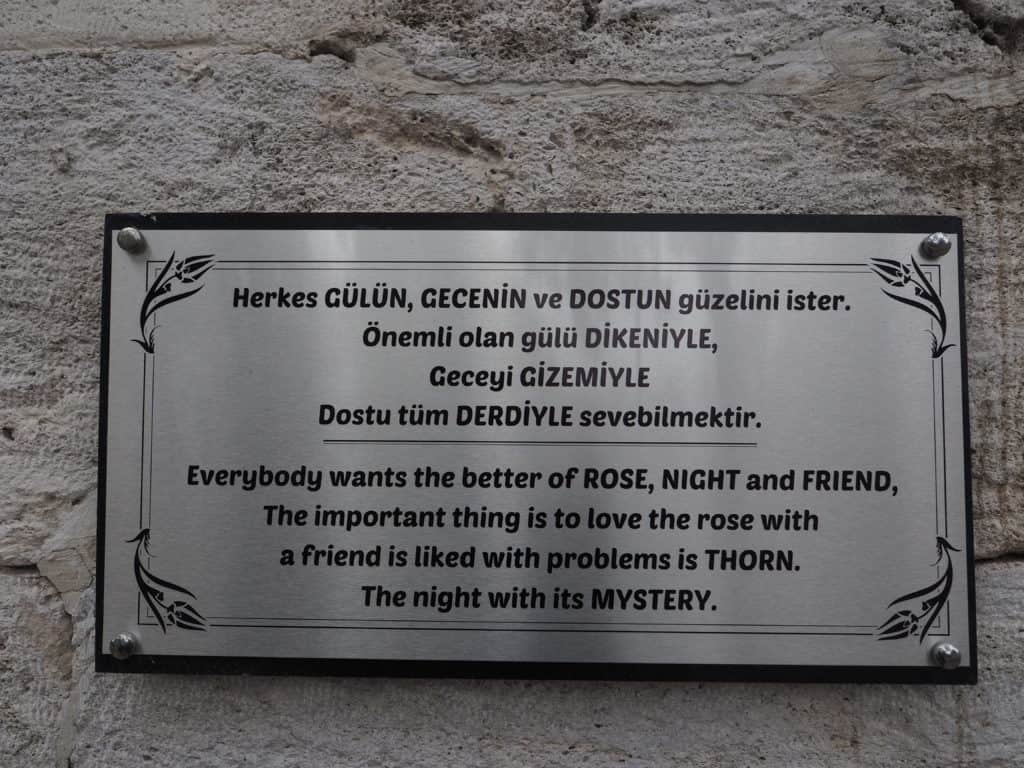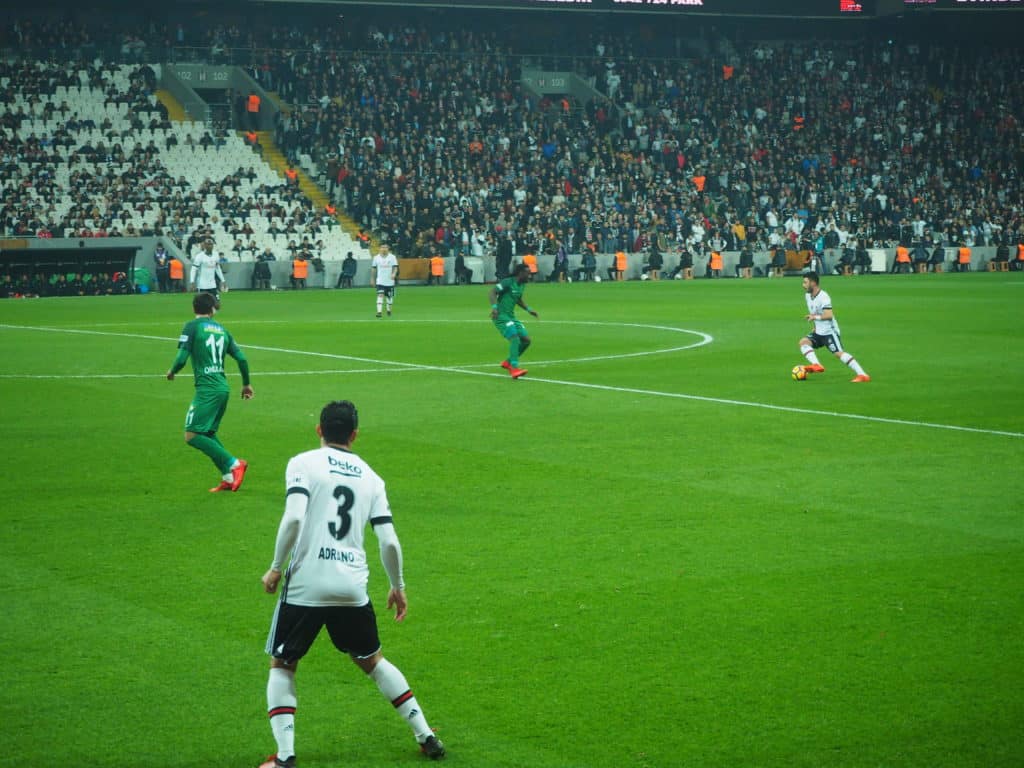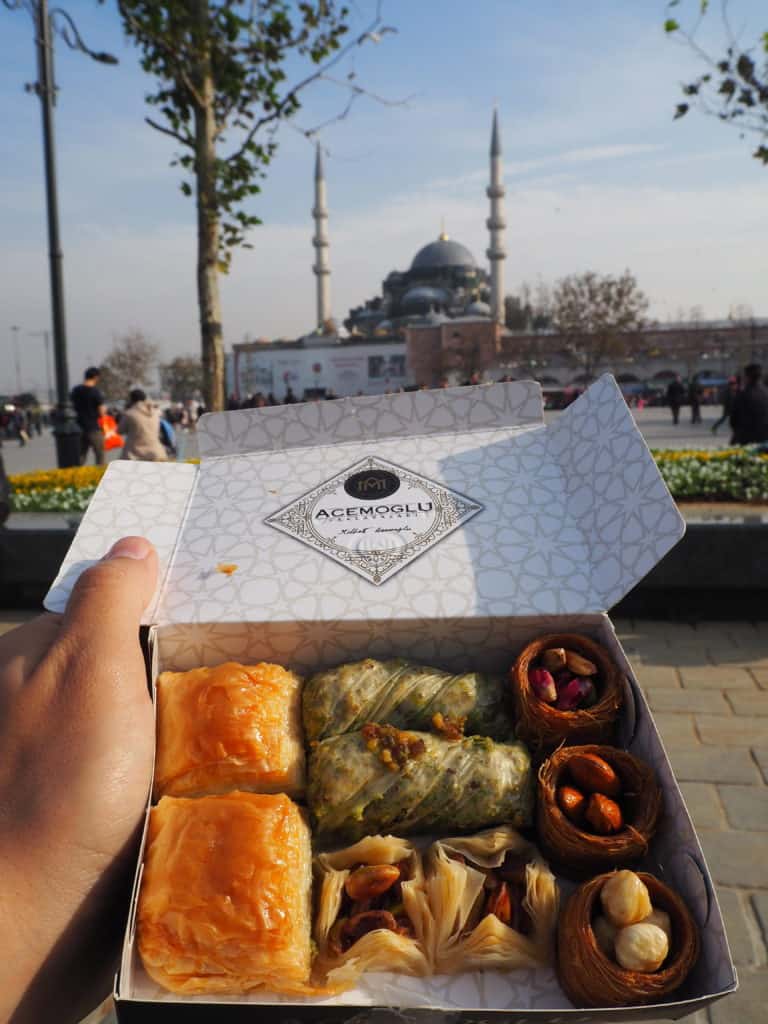For much of it’s history, the city of Istanbul was known as Constantinople, the name being derived from the Roman Emperor Constantine who made it the capital of the Byzantine (Eastern Roman) Empire in 330 AD. From the moment it became the capital until it was conquered by the Ottoman Empire in 1453, it was known as “The City of the World’s Desire” because of it’s immense wealth, cultural tradition, and its strategic location straddling Europe and Asia as well as its command of the Bosphorous strait between the Black and Mediterranean seas. Such was the magnitude of the city’s prestige, that even the Prophet Muhammed himself said that whoever conquered the city from the Christian West would receive the blessings of Allah.

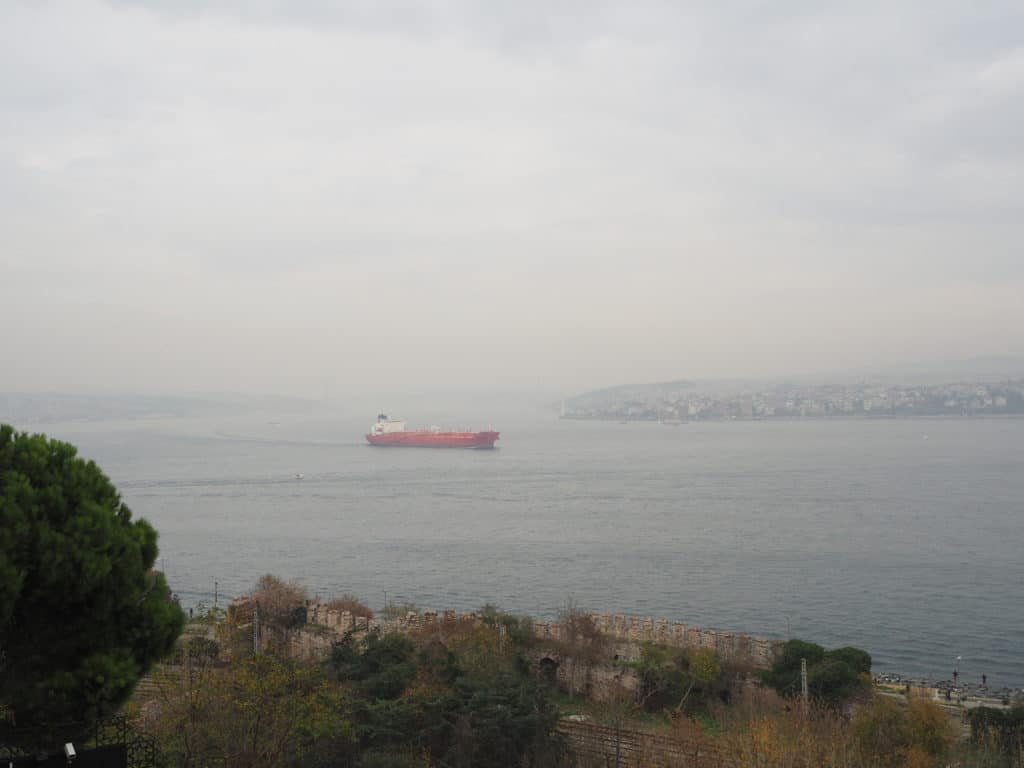
Unfortunately for any would be conqueror, Constantinople was nearly impregnable to attack. Three of its four sides are surrounded by water and the fourth side boasts two enormous parallel walls dating back to the 5th century. Its considerable navy would defend its waterfront while attackers would throw themselves against its walls in vain. A total of 16 major sieges of the city were unsuccessful until Mehmet II of the Ottoman Empire finally succeeded in 1453, due mostly in part to the world’s largest ever bronze cannon at the time, as well as an immense number of troops.
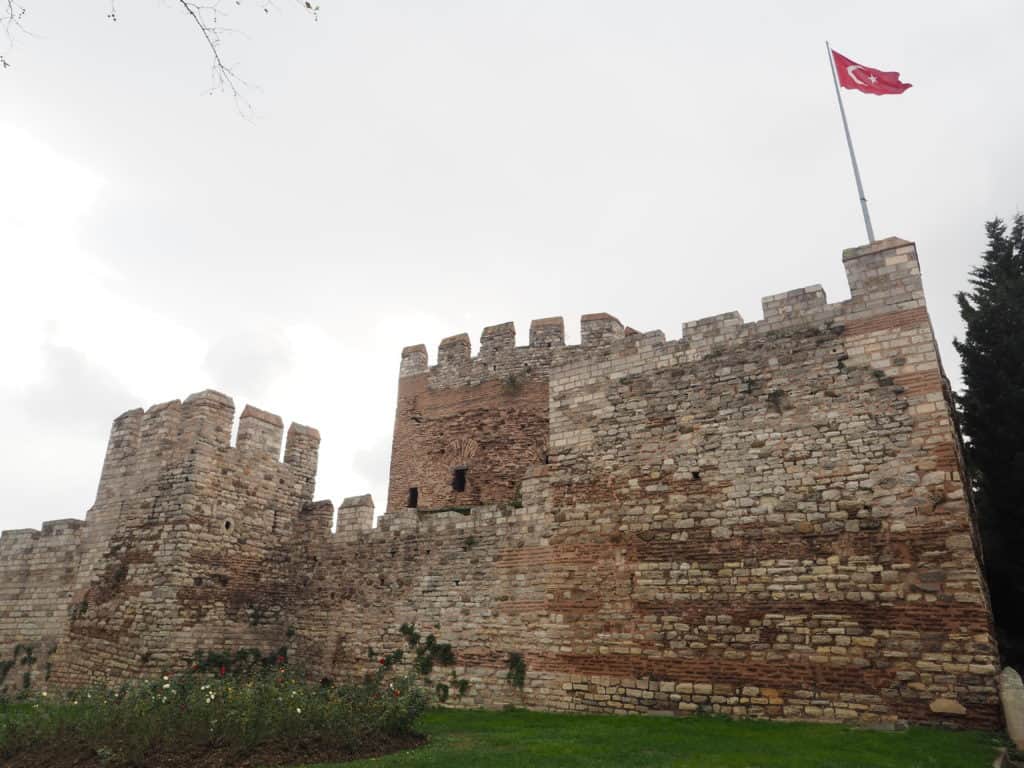
After the conquest, Mehmet II and the Ottomans would further enhance the city by moving their capital there and improving upon the city’s existing infrastructure by embarking on a major public works building program. They left the cultural heritage of the Byzantines mostly intact (Mehmet II forbade his soldiers from damaging or looting any religious structure in the city). However, they did alter some of the religous buildings. The great Hagia Sophia had four minarets added, for example. Nearly each and every Ottoman emperor would somehow leave their mark on the city by building universities, expanding the palace, or most notably, building large mosques as monuments to their reign and symbols of their power.

It wasn’t until the 1920’s that the newly formed Turkish State would officially change the name of the city from Constantinople to Istanbul and move their capital inland to the city of Ankara. While Istanbul would lose some of its political importance due to this change, it remained (and still remains) the economic, cultural, and religious heart of Turkey. Walking the streets of this great city gives you the feeling that you are at the center of the world. The city literally straddles two continents and looks imposingly down onto the Bosphorous strait. Immense monuments from the golden ages of empires past dot the city’s skyline, towering hills provide excellent views, and two millenia of human history ache to be explored. The city’s 15 million inhabitants bring it all beautifully to life with the energy of a modern 21st century muslim, but distinctly Turkish, culture. And what better way to explore this city than to do it with one of my best friends? (well, maybe it would have been better with Kathy, but hey, you are a close second Eric!)
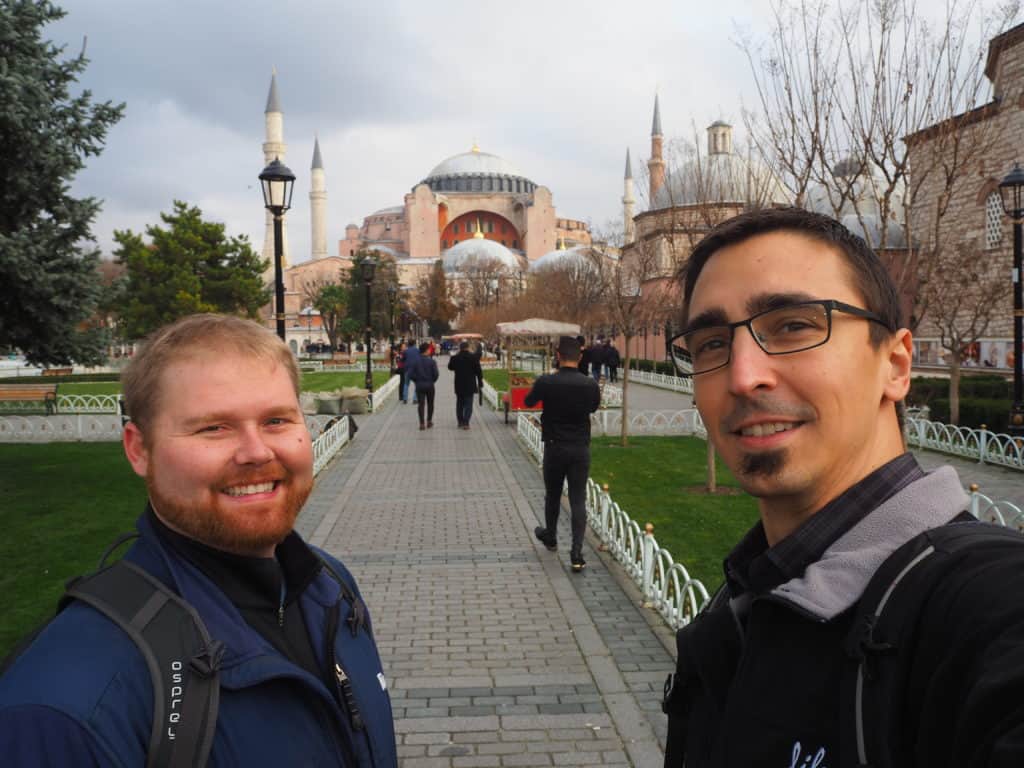
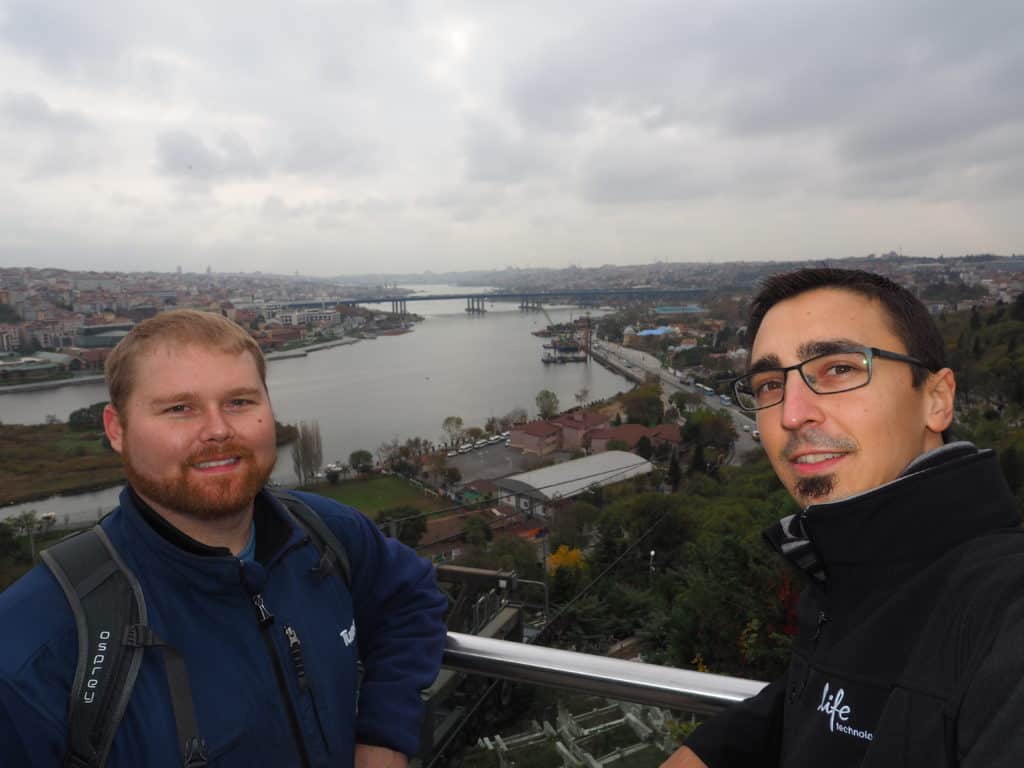
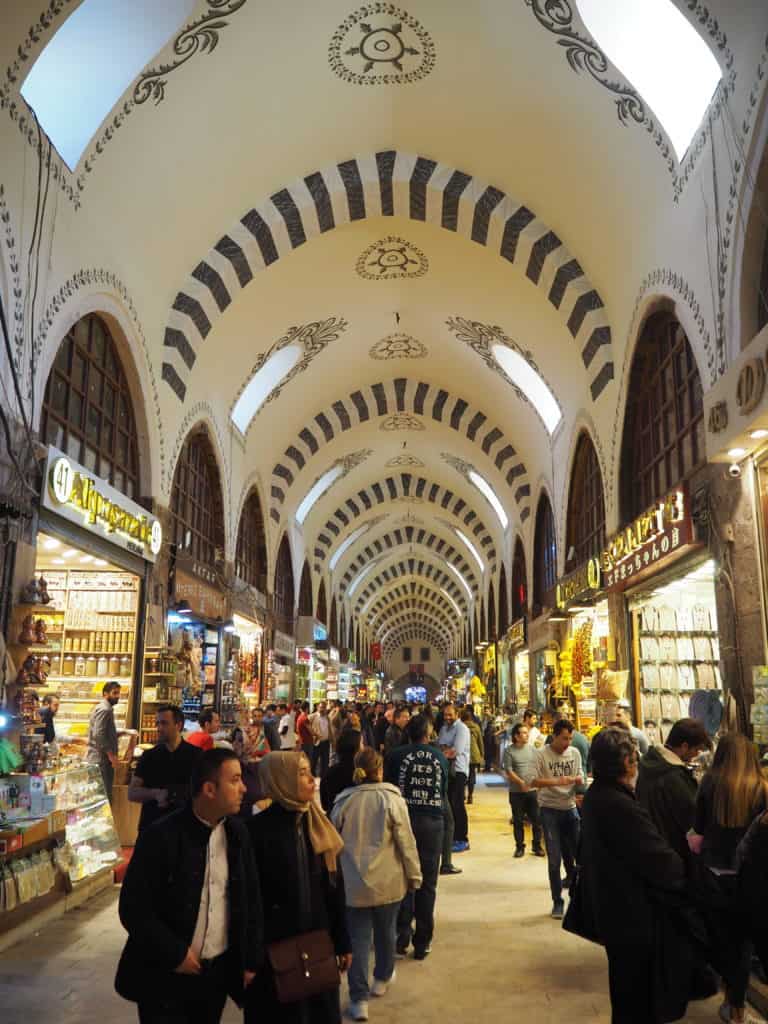

As someone who loves history, this city was simply enthralling. Few cities in this world can boast to have been the capital of two of the world’s greatest empires, but Istanbul can. And the one building that best sums up this historical significance is the Hagia Sophia, the unofficial symbol of Istanbul. Built in 537 by the Byzantine Emperor Justinian, this church would be the heart of Eastern Orthodox Christianity for nearly 900 years and would host the coronation ceremony of every single Byzantine Emperor. This was ended in 1453 when the Ottomans converted it into a mosque, after which it was then considered one of the most holy and influential mosques in the muslim world. Stepping inside of this marvel is like stepping back in time, to a world of emperors and sultans. The art and architecture inside showcase the power and wealth that these two empires had.
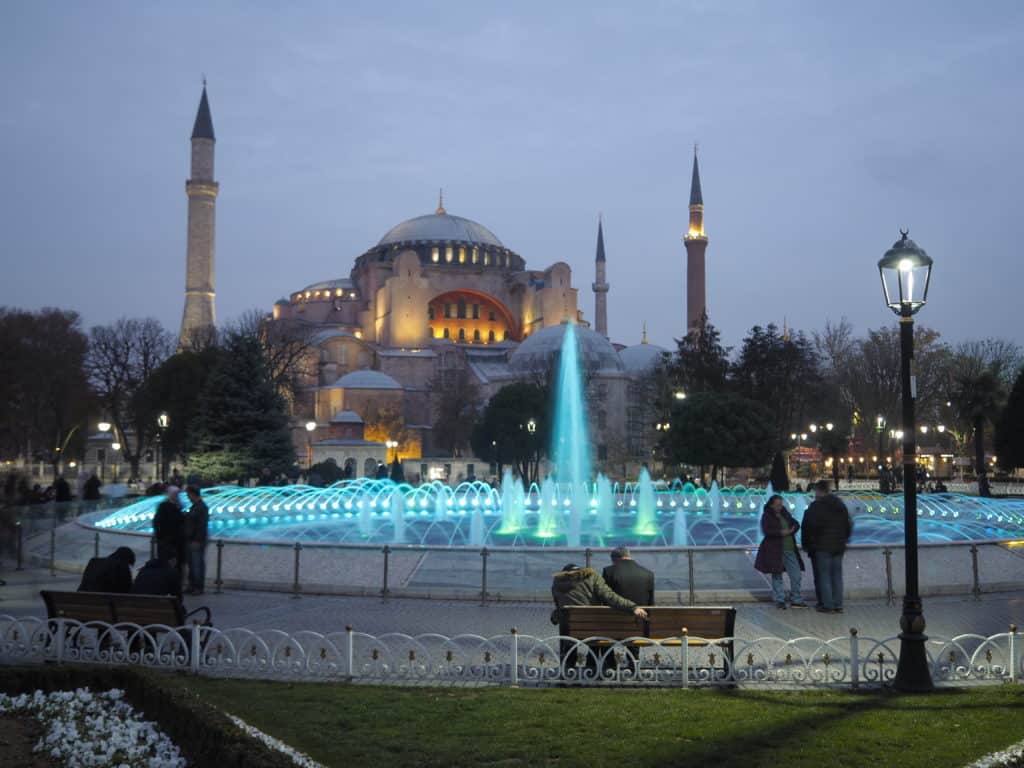
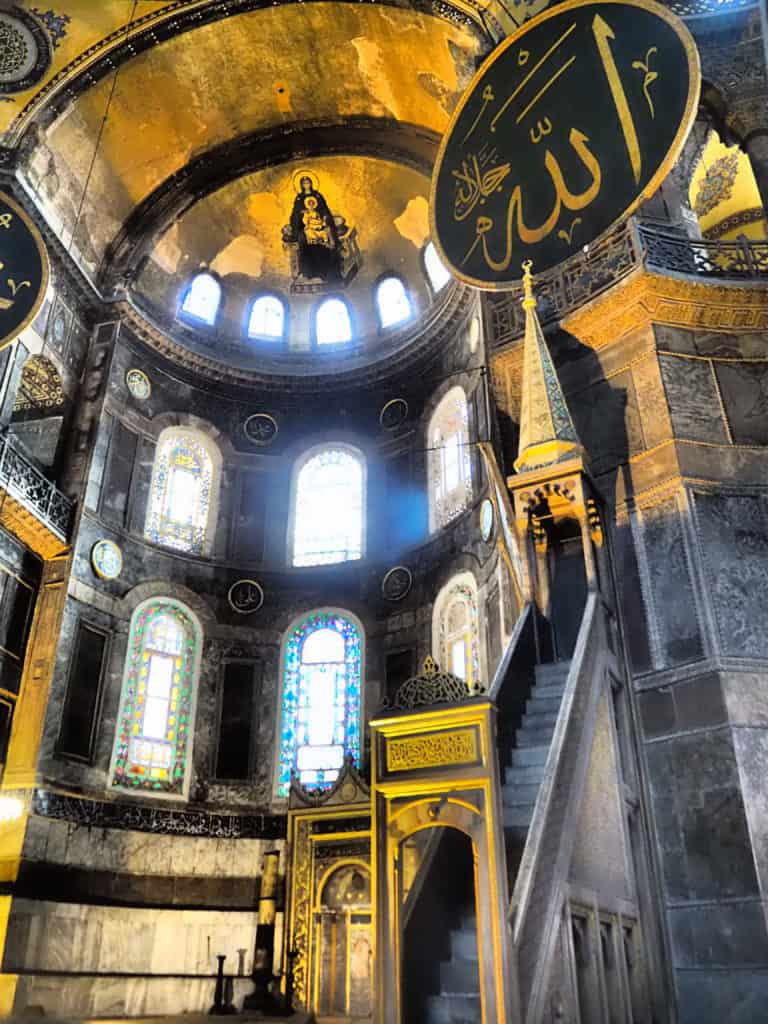
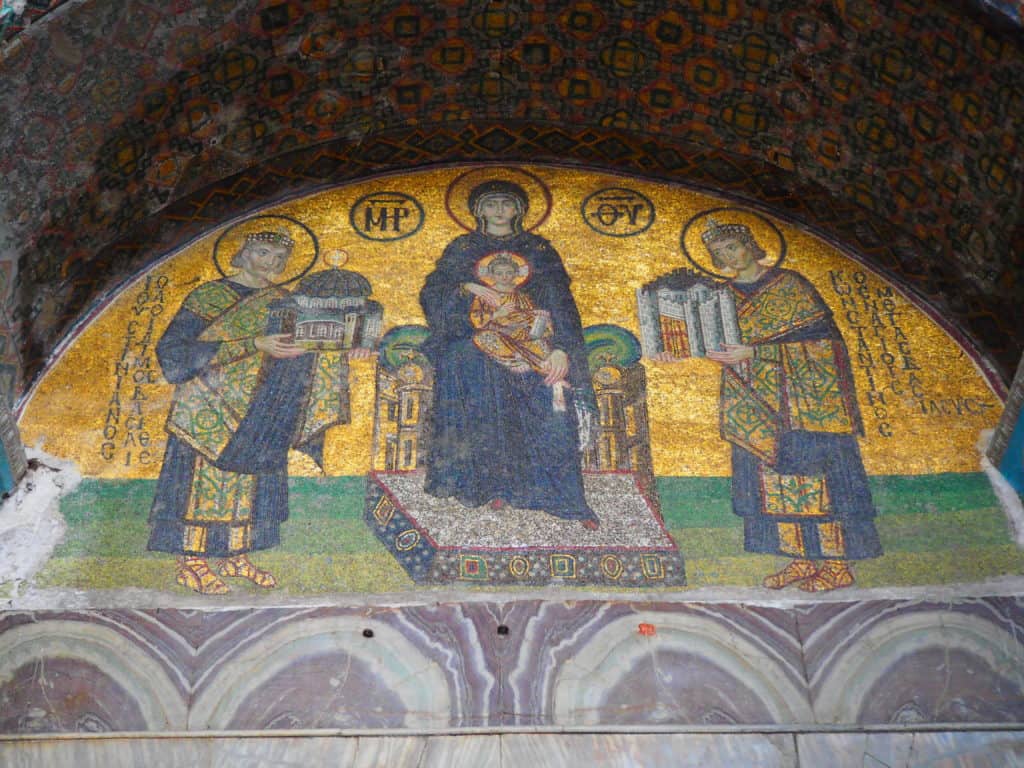
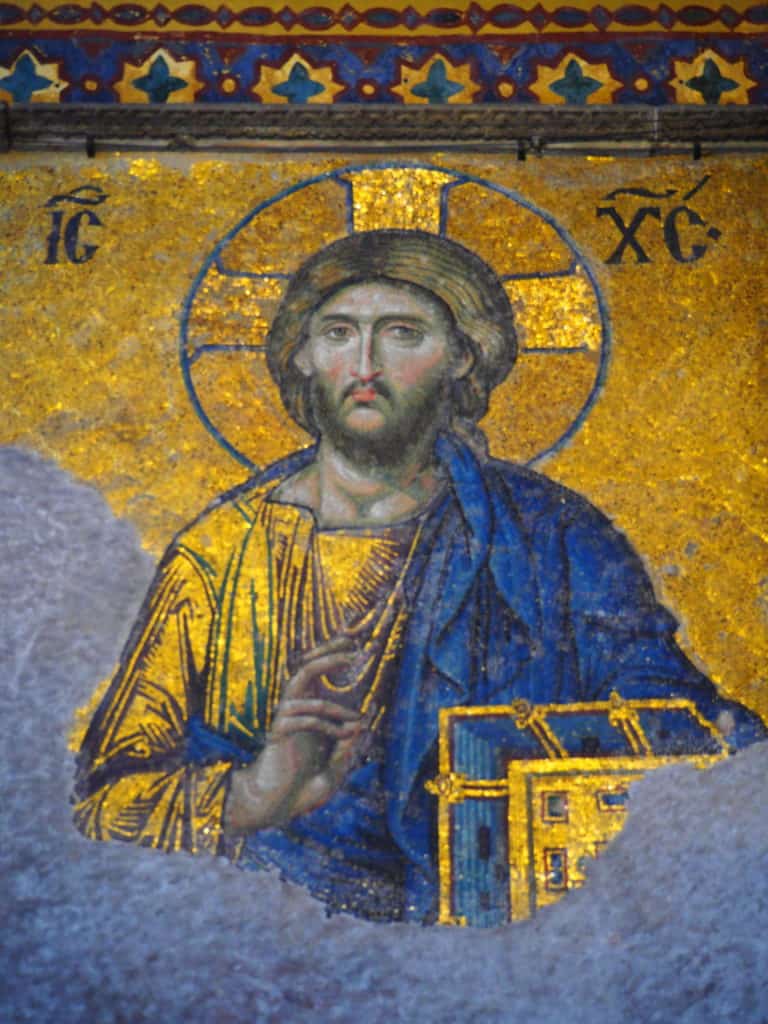
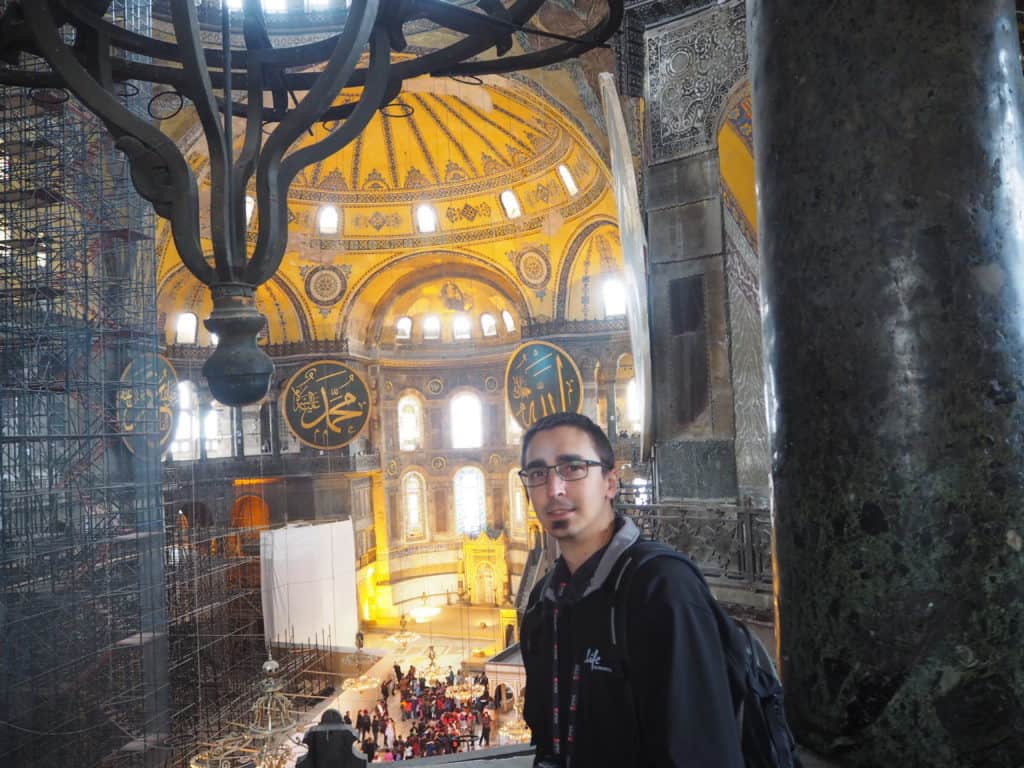
While the Hagia Sophia is the most historically impressive building in Istanbul, several of the city’s Mosques are equally impressive in terms of their architecture. My favorites were the Sultan Ahmet Mosque, directly across from the Hagia Sophia, and the Sülemaniye Mosque, which stands on the top of the largest hill in Istanbul making it easy to see from anywhere.
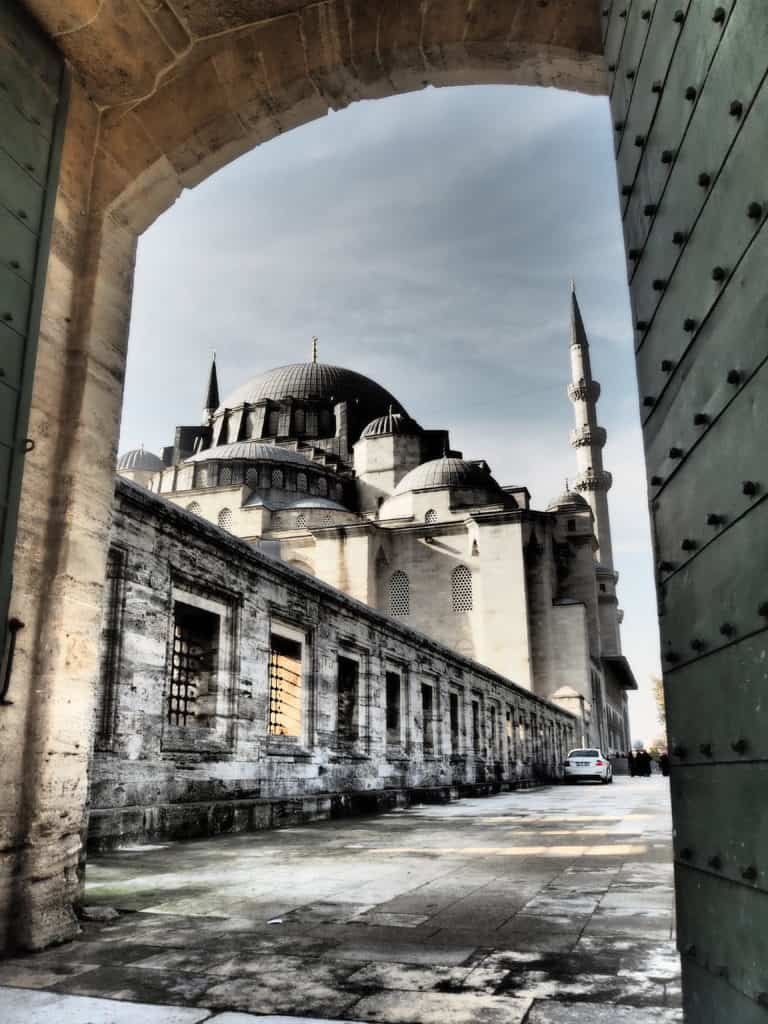
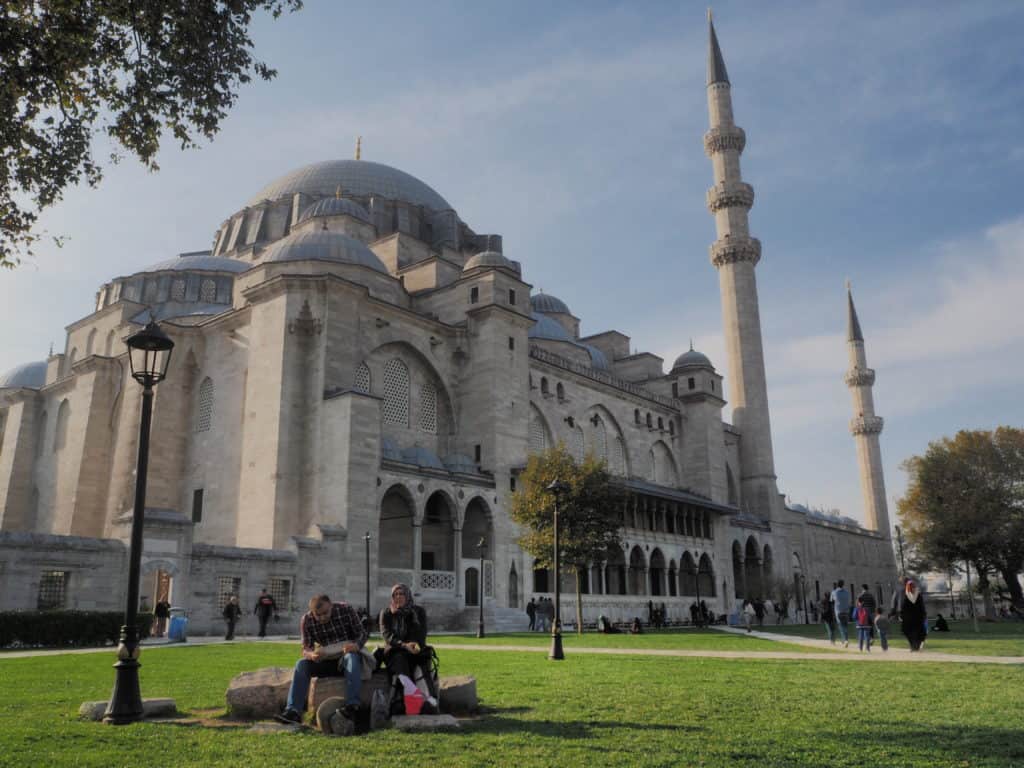
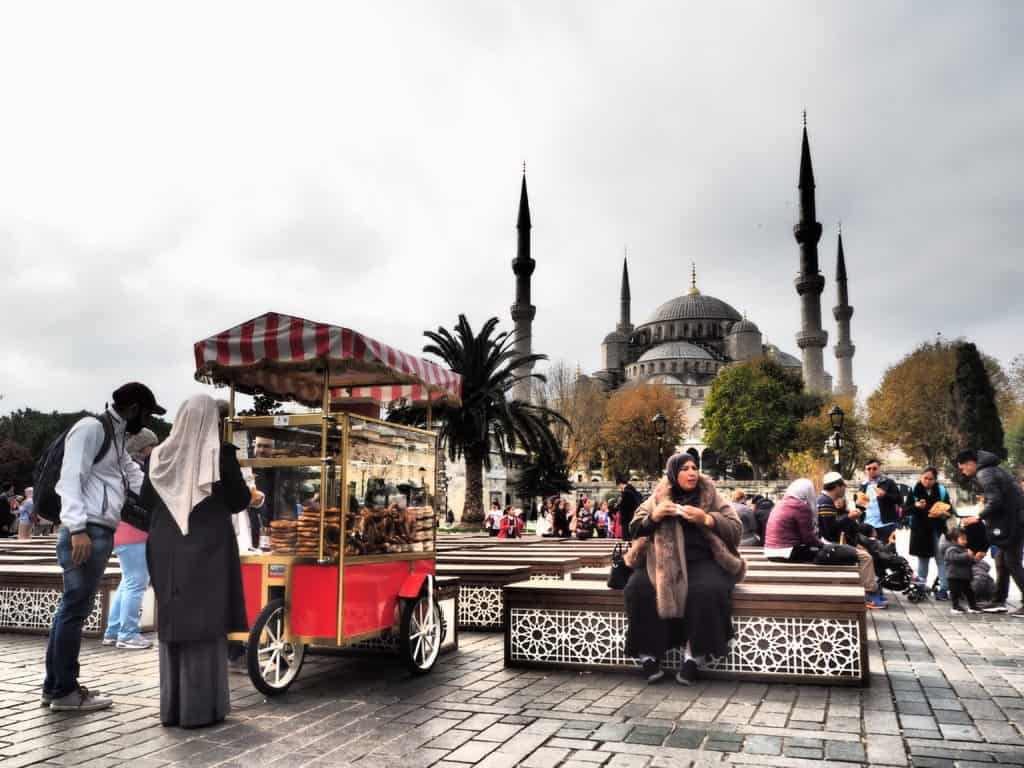
Other historical and architectural highlights were the Chora Church (a great example of Byzantine art) and the Topkapi Palace (the palace of the Ottoman Sultans)
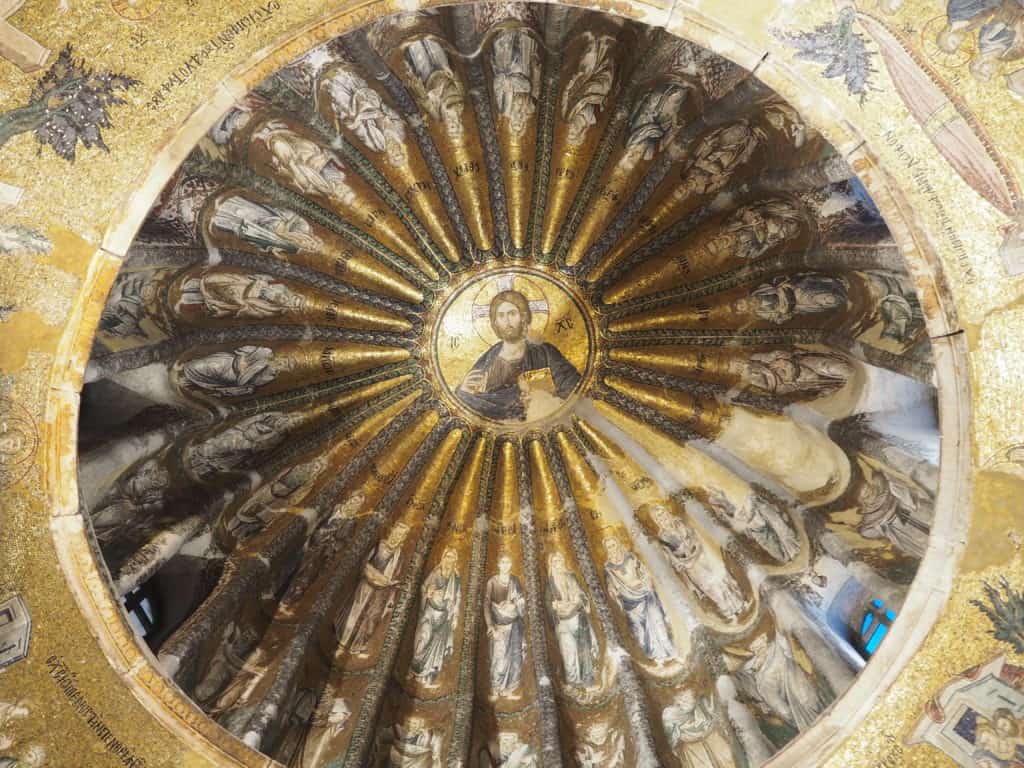
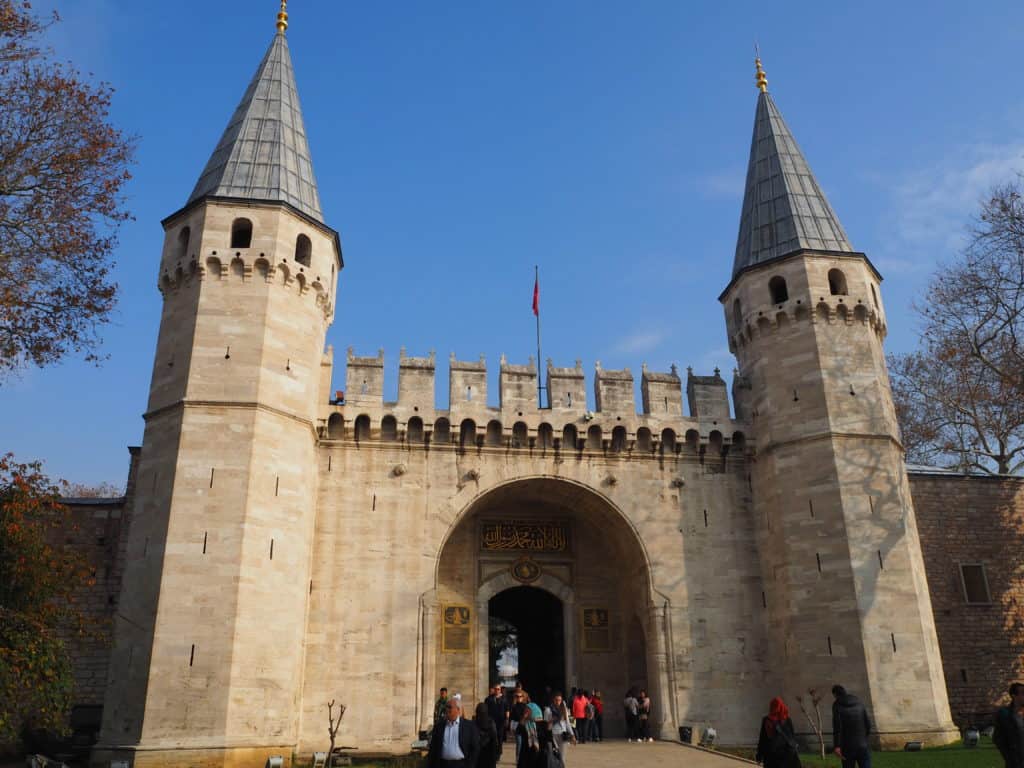
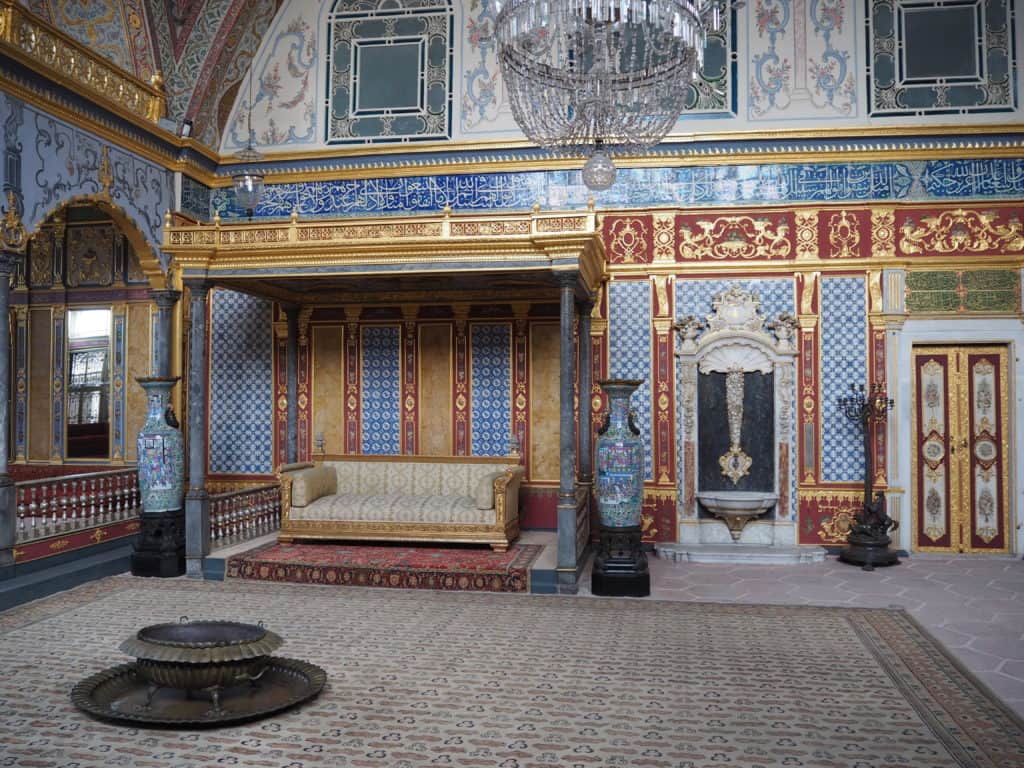
Eric and I didn’t just take in the historical aspects of the city, though, we also took part in some cultural activities, most notably a football match between hometown team Besiktas and Akhisar Belediyespor. We bought our tickets the day before with little to no idea about the teams, the stadium, or the game. We got to the stadium early and found our seats (we had pretty decent, 3rd row seats!) The atmosphere inside the stadium before gametime was fairly normal for a sporting event. Fans milled about, the loadspeaker and jumbotron played ads for the team, and players warmed up. Once the game started though, holy cow did the place get rocking! I have never been in a louder stadium in my life! Every time the opposing team would have the ball, all of the fans would whistle, creating a piercing noise that was utterly deafening. Near misses by the home team caused an enormous collective sigh to roll through the stadium, only to then be drowned out by the whistling once the other team had the ball again. Though the game ended in a 0-0 draw, it was still a fantastic and entertaining evening with plenty of ups and downs along the way for the Besiktas players and fans (us included).
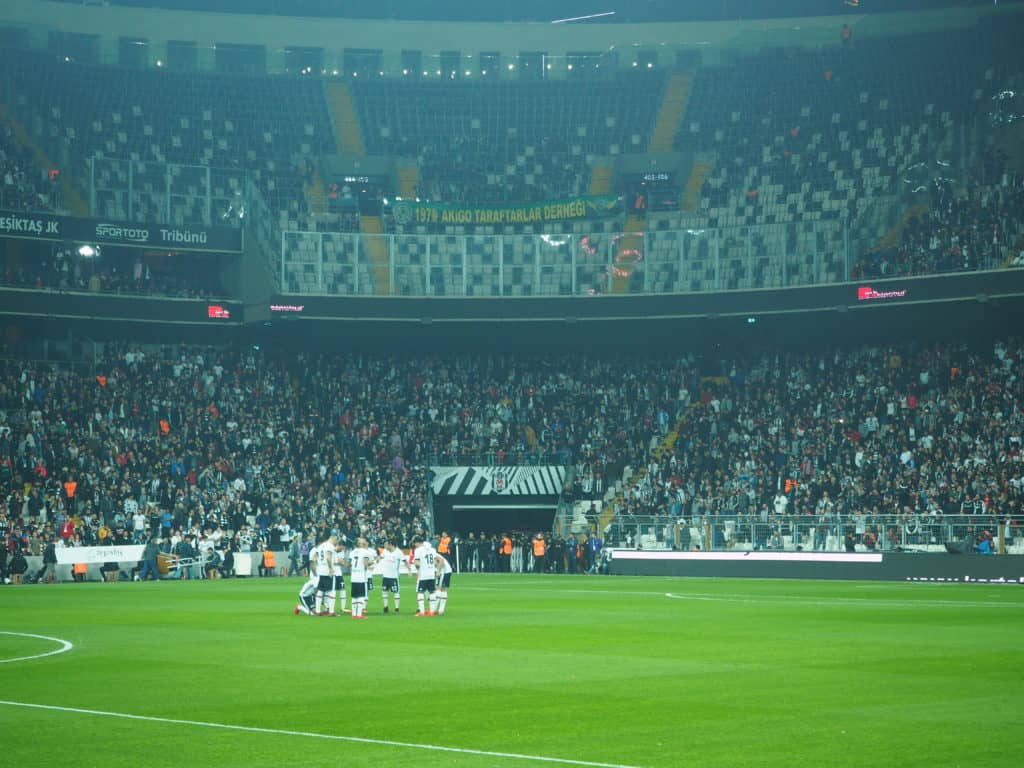
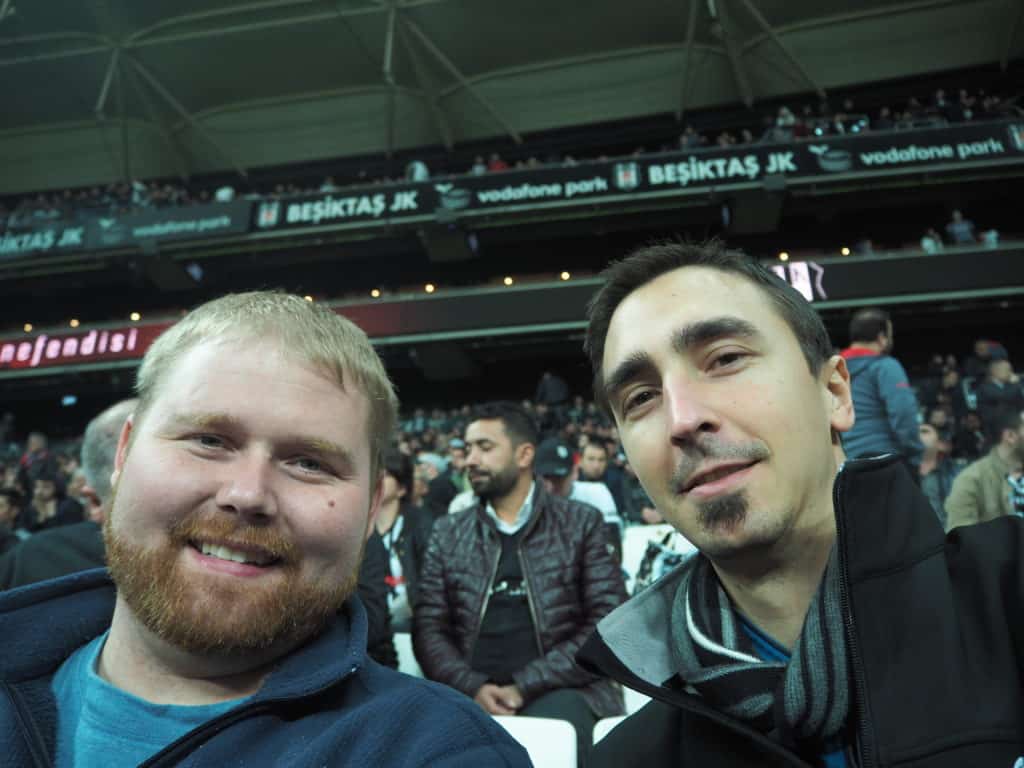
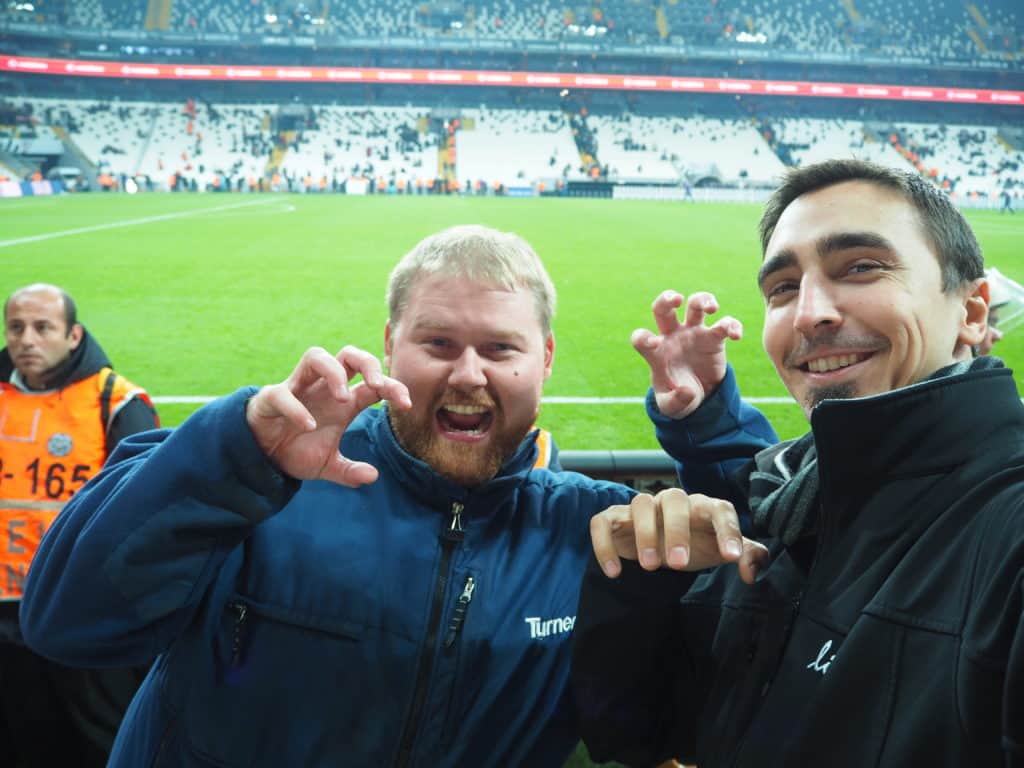
And the food! This post wouldn’t be complete without bringing up some of the amazing Turkish food Eric and I had. Turkey is known for its tea, baklava, and kebab, and we made sure to try it all. We also had some typical cold mezes (kind of like appetizers) which were absolutely out of this world! Try not to drool on your phone or tablet as you look at these pictures!
Baklava (Turkish sweets)
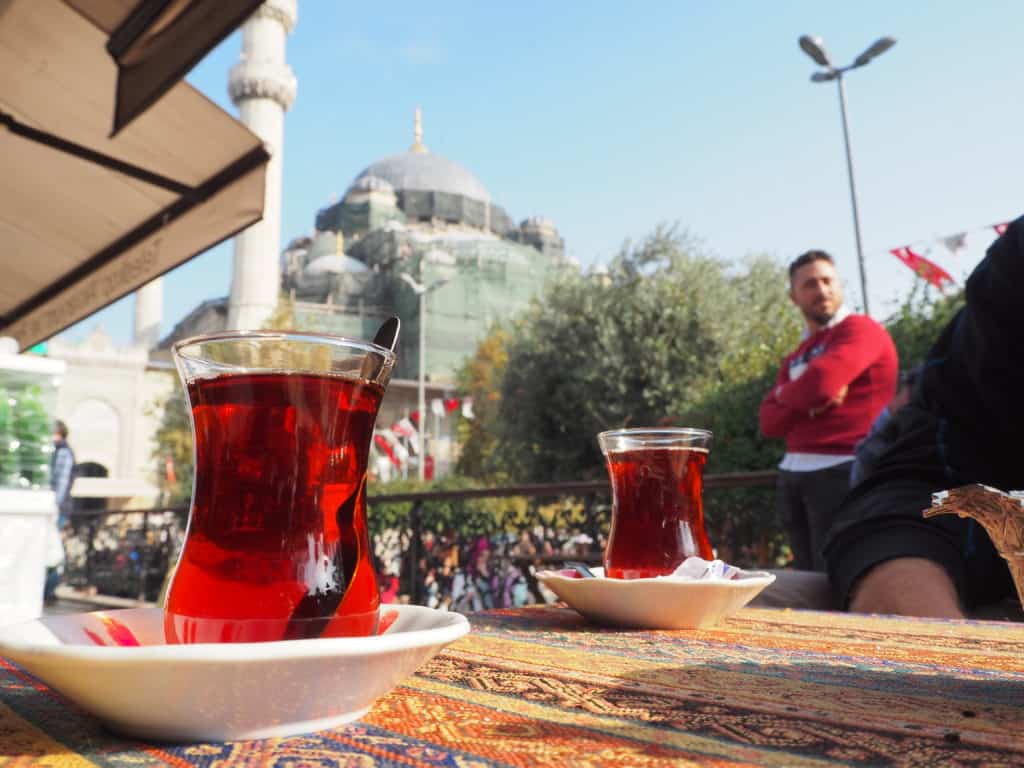
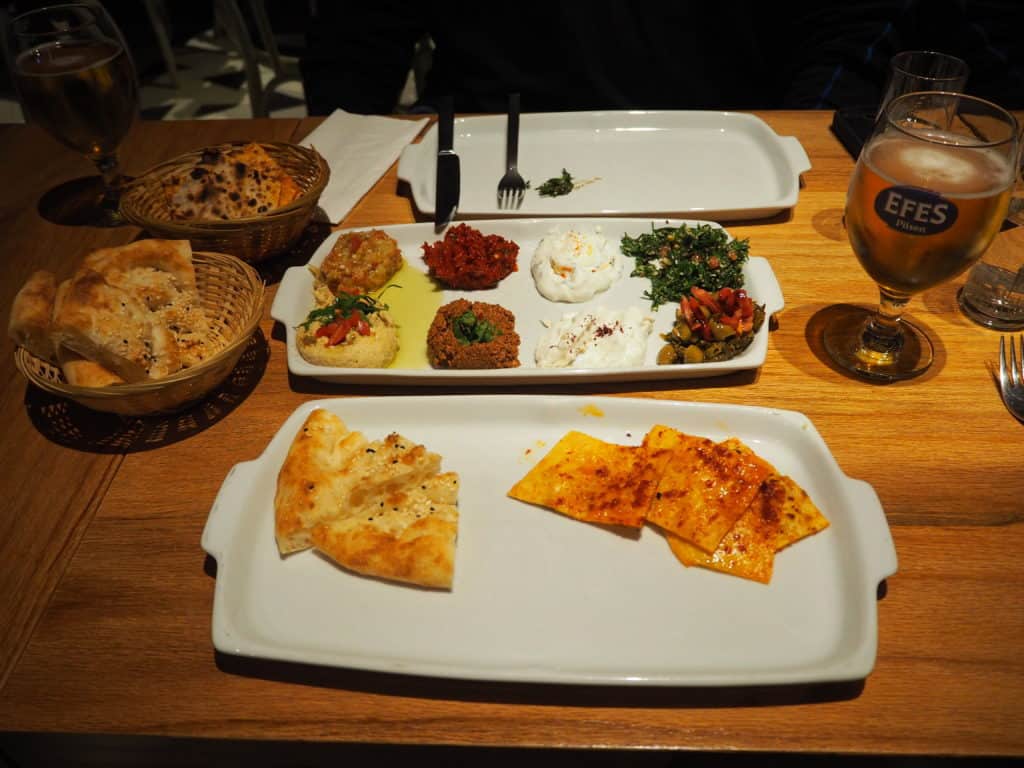
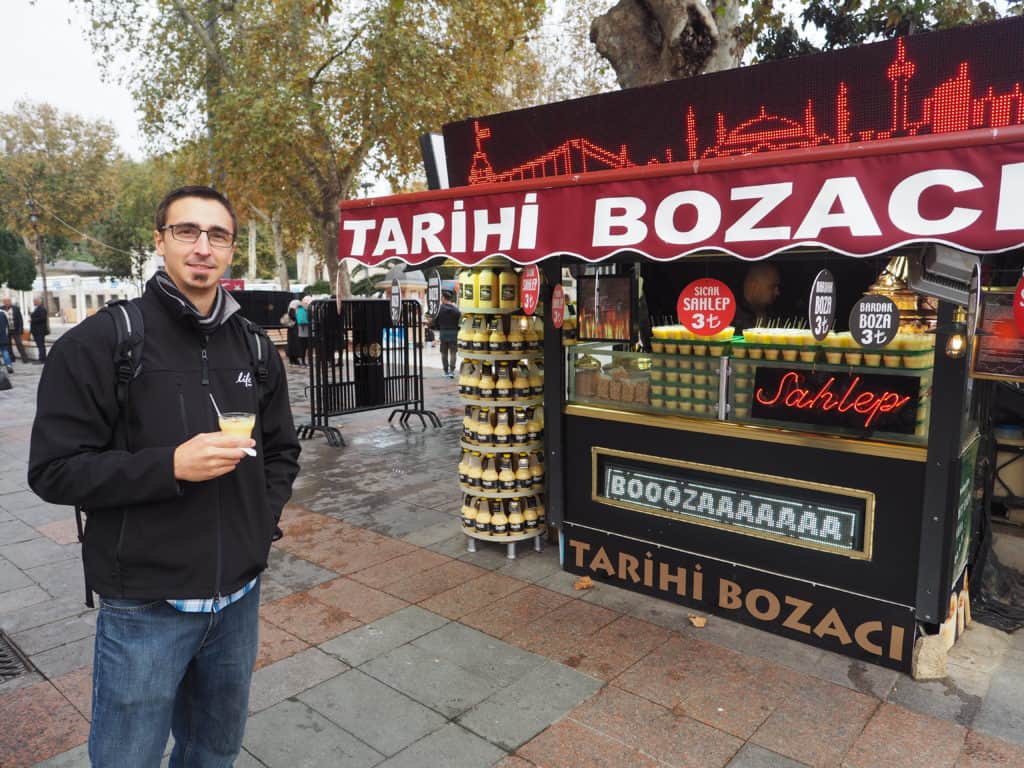
And finally, I will leave you with these parting words from a plaque we found in a cemetery. I’m not quite sure what it is supposed to mean, but it must be quite deep and beyond my feeble mind’s comprehension.
